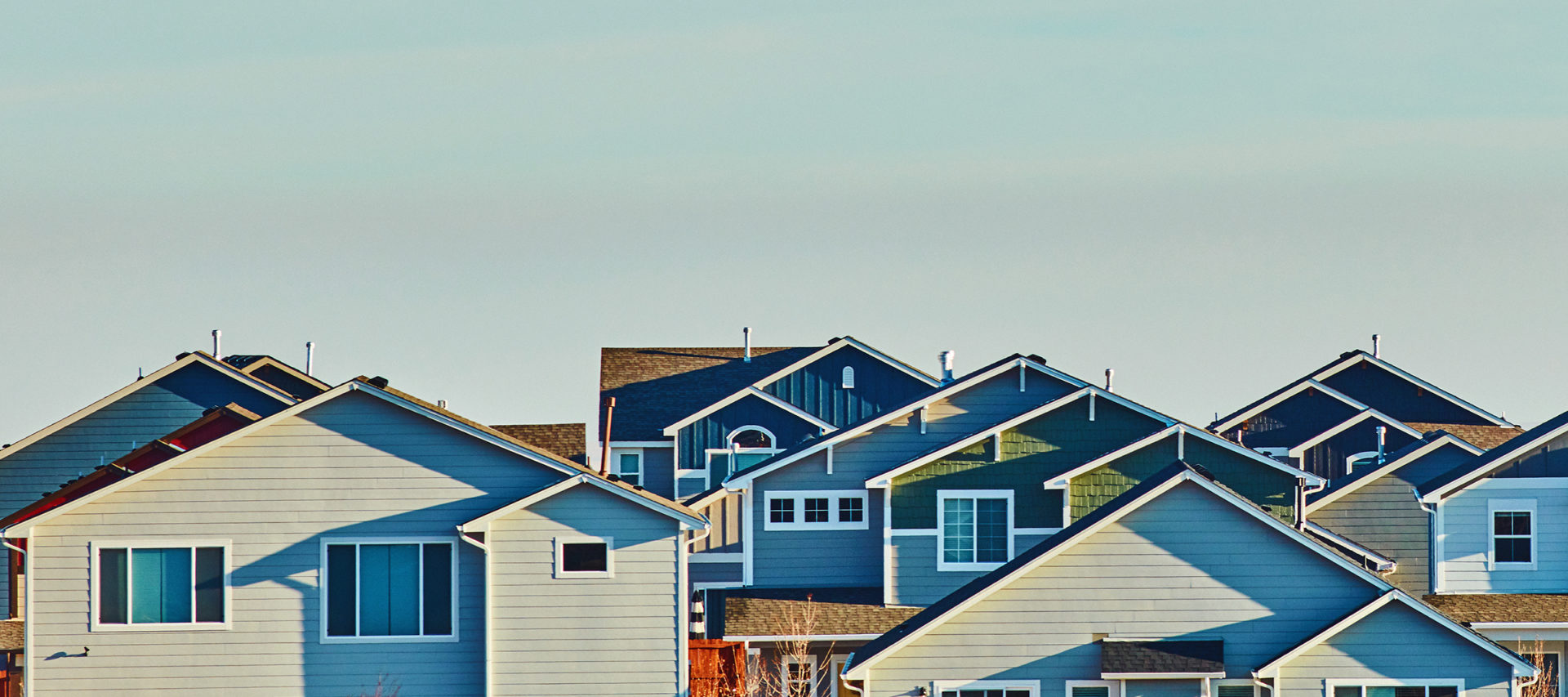How the Government Built the American Dream House
U.S. housing policy claims to promote homeownership. Instead, it encourages high prices, sprawl, and NIMBYism.

Americans are living ever more isolated lives. We get married later, start families later, have fewer children, and report more loneliness than ever before. Everyone suspects that new technology has something to do with this. But what if we’re also suffering from the failure of a very old technology?
Somehow it has become astonishingly expensive to buy a house in the United States. The median house sale price is now $417,000. Fifty years ago, in today’s dollars, it was $232,000. And the young are getting priced out: In 1981, the median first-time homebuyer was 29 years old. Today he or she is 38.
In this new essay series, originally reported by Joseph Lawler, we will explore how the U.S. housing market suffers from a series of distortions created by misguided government policies.
The series will address why we keep building single-family-housing suburbs when most people report that they would prefer to live in lively neighborhoods with retail, churches, restaurants, cafes, and other third spaces.
It will explore why, even as we’ve grown richer, we’ve forgotten how to build charming and beautiful homes and spaces, which were once accessible even to the poor.
It will trace those failures back to a set of policies and norms set at the federal level, through taxation, regulation, credit subsidies, and social programs.
These factors, so remote from our attention, in fact shape the most basic realities of our daily lives: the physical layout of our homes and neighborhoods, which are becoming less human-scaled, less hospitable, less lovely, and less conducive to living well together.
This series is supported by Fieldstead and Company.
U.S. housing policy claims to promote homeownership. Instead, it encourages high prices, sprawl, and NIMBYism.